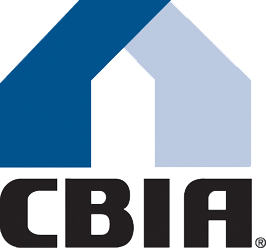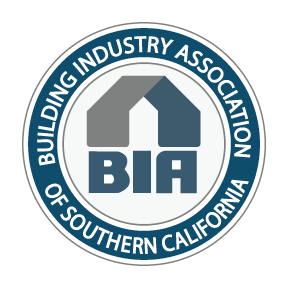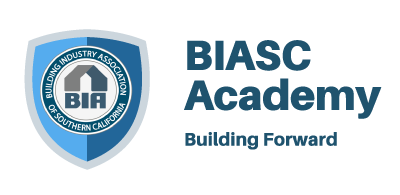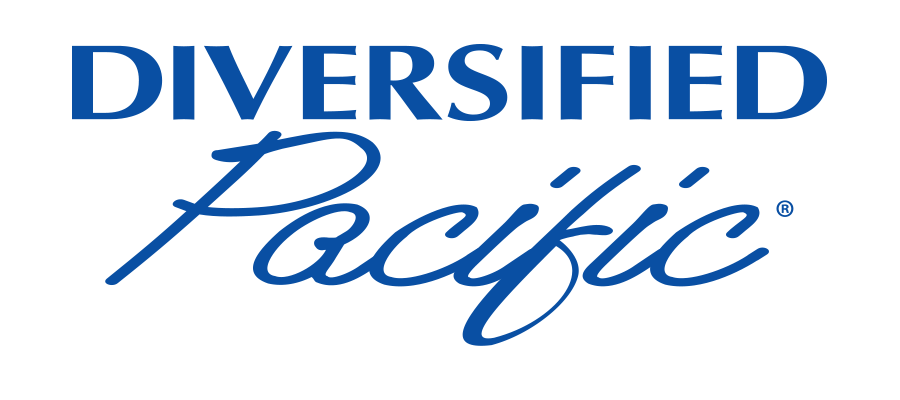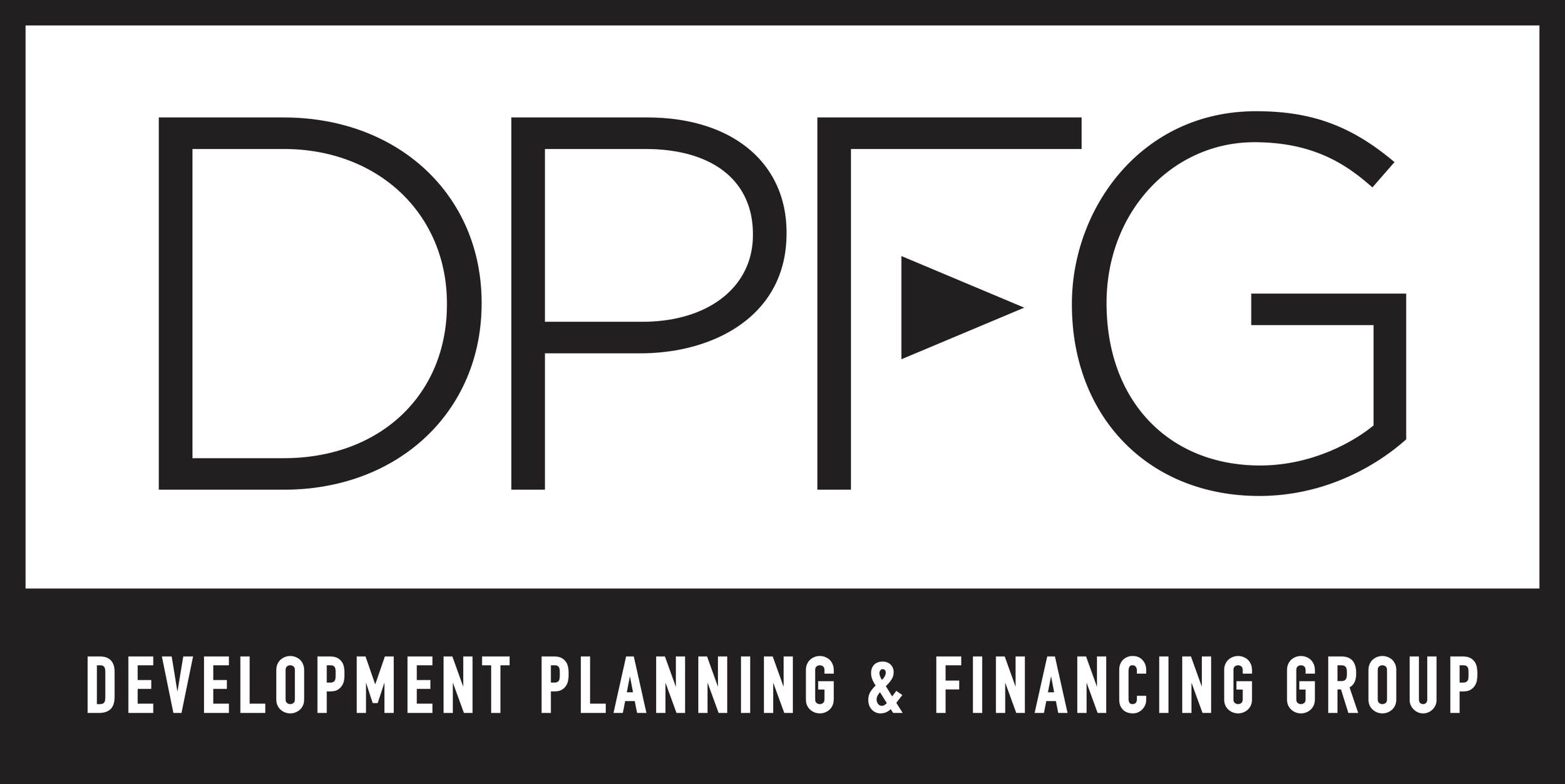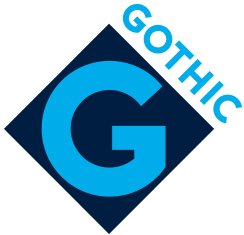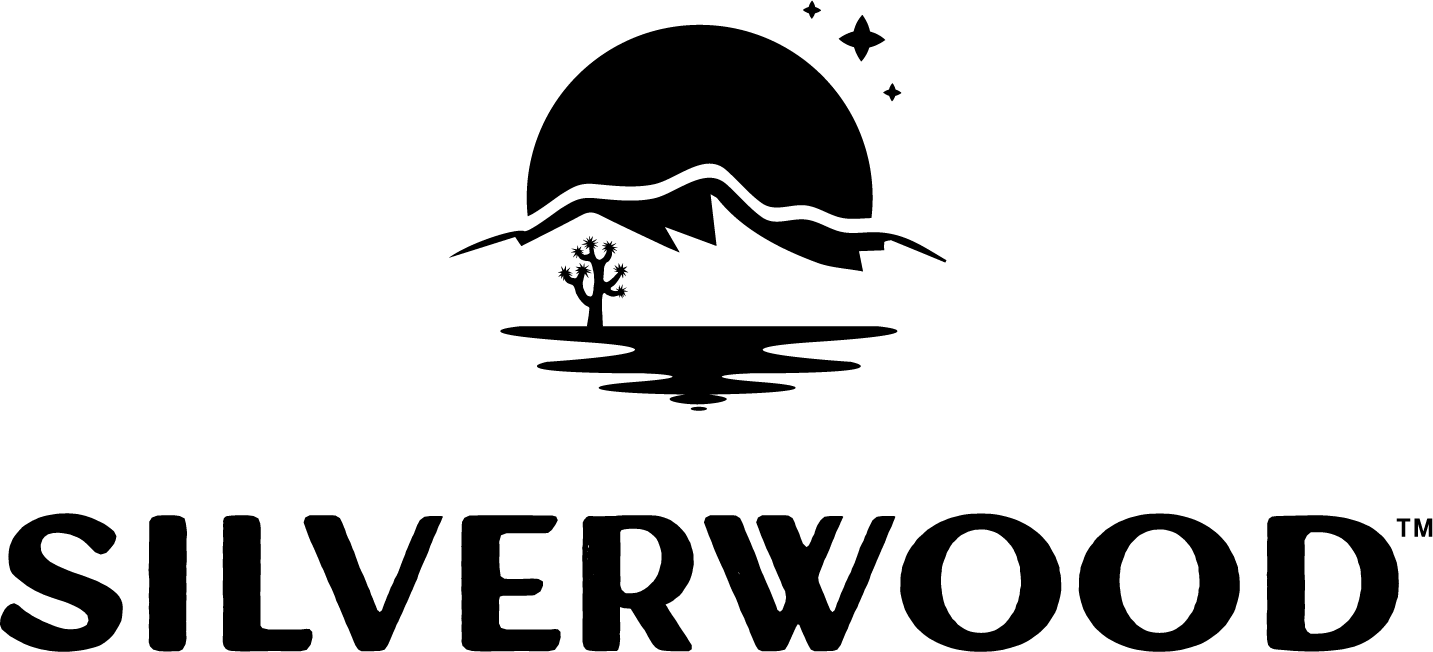Photo by Moja Msanii on Unsplash
by Phillip B. Burum, Executive Vice President, Diversified Pacific,
President, Building Industry Association (BIA) Baldy View Chapter
The Green Party may not have had the impact on national politics that it set out to achieve in 1984 but it did manage to make “going green” part of the American and international vocabulary. Today, going green is something every producer and consumer strives for, albeit at varying levels of effort and success. From the prospective of a new home builder, going green has proven to be a key driver over the past few years as home buyers and owners seek to reduce their environmental impacts and their energy costs.
Often overlooked in the “going green” conversation is “staying green.” Consumers spend hundreds, thousands and sometimes tens of thousands of dollars to go green, only to ignore the importance of maintenance and operation of the green components that they invested in. Staying green can best be accomplished by paying attention to the usage and maintenance guidelines that were provided when the appliance or feature was initially installed.
For example, although an individual may not have specifically purchased a green HVAC system (heating, ventilation and air-conditioning), careful maintenance and use of the home’s HVAC units will be just as beneficial to the environment and homeowners’ finances as many specific green purchases.
In California, over one third of all household energy use is consumed by HVAC systems. Maintaining an efficient HVAC system will reduce your carbon footprint while saving you substantial costs in your monthly electric bill.
The most common cause of air-conditioner problems and inefficient operation is dirty or worn filters. Dirty air filters, which restrict air flow and place unnecessary strain on the fan motor, are the number one reason for HVAC system failure. HVAC system repair could run into the thousands and, even prior to causing a system failure, the extra work put out by the motor will cost you monthly since it will consume more energy when its works harder.
Cure this issue, along with following guidelines for other routine maintenance, and it will pay off for you financially and with the system’s daily performance. As a general rule, filters should be cleaned or replaced every four to six weeks.
To clean filters, vacuum the front grills, air registers and return air vents. Then, remove the grill on the main unit and all window units to check the air filter. Before removing the filter, notice how it is held in place so for correct reinstallation. Many filters simply slide in and out or are draped from prongs on the air conditioner body or the back of the grill. Check the filter packaging to see which side faces up. To clean a washable filter, brush it free of lint, and then wash it in warm soapy water. Squeeze and let the filter dry completely before reinstalling it.
Energy Star is the registered trademark name of a government backed symbol for energy efficiency. You have probably seen the name or logo on most new appliances. For more details about smart maintenance of your HVAC system, visit the Energy Star website (www.energystar.gov).
Staying green is at least as important as going green. Whether your intention is to modernize your landscaping to suit our regional weather patterns, installing dual pane windows, a new solar system or acquiring new energy star rated appliances; without proper maintenance and care, you are not having the impact that you think you are. Common sense, which includes a greater understanding of the systems and appliances you have today, combined with a bit of elbow grease, will truly make a difference on your environmental footprint and your monthly energy bills.
If saving money is important to you, focus your energy on staying green (pun fully intended).
The BIA Baldy View Chapter seeks to advance the opportunity to attain the American Dream of home ownership. For additional information on homebuying, home improvements or the benefits of homeownership, go to www.biabuild.com on the web.
*****



